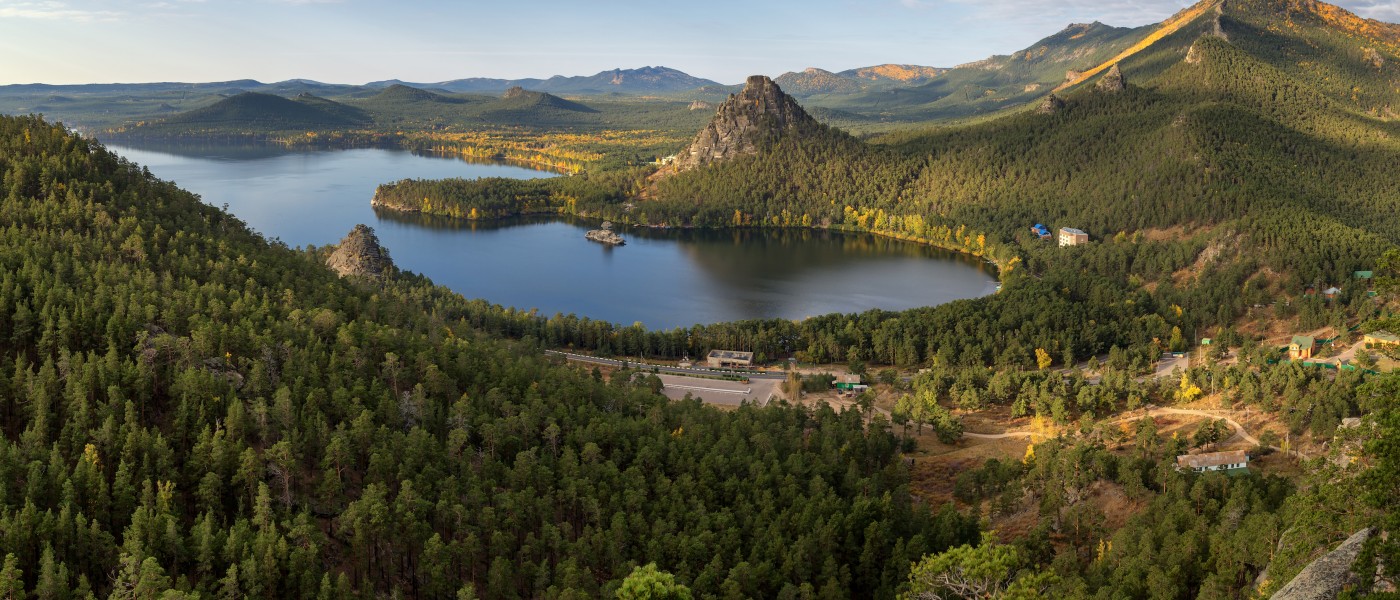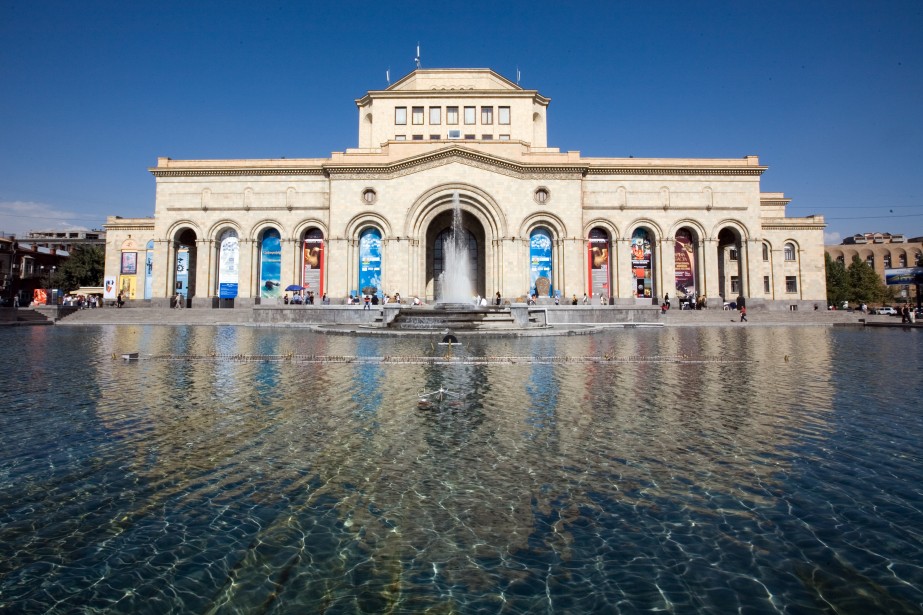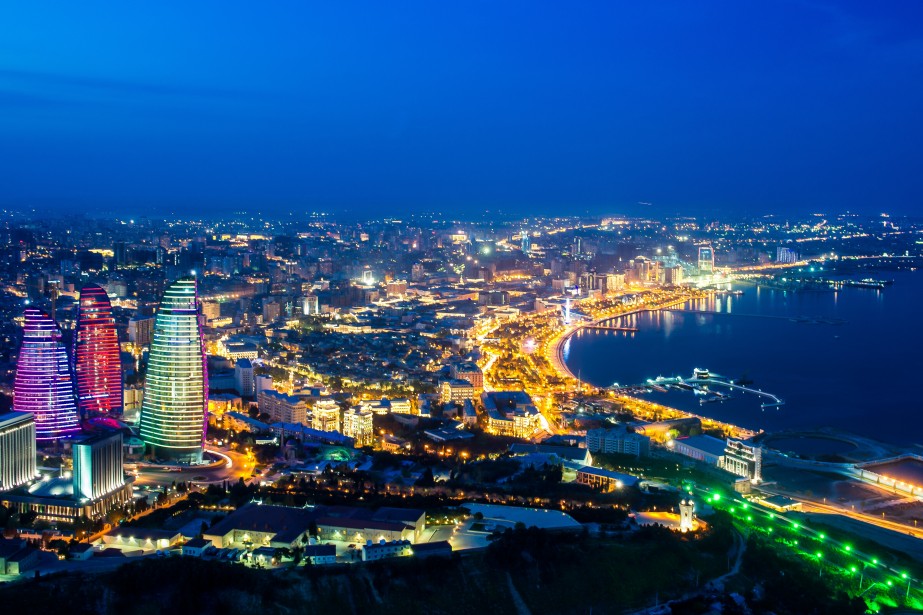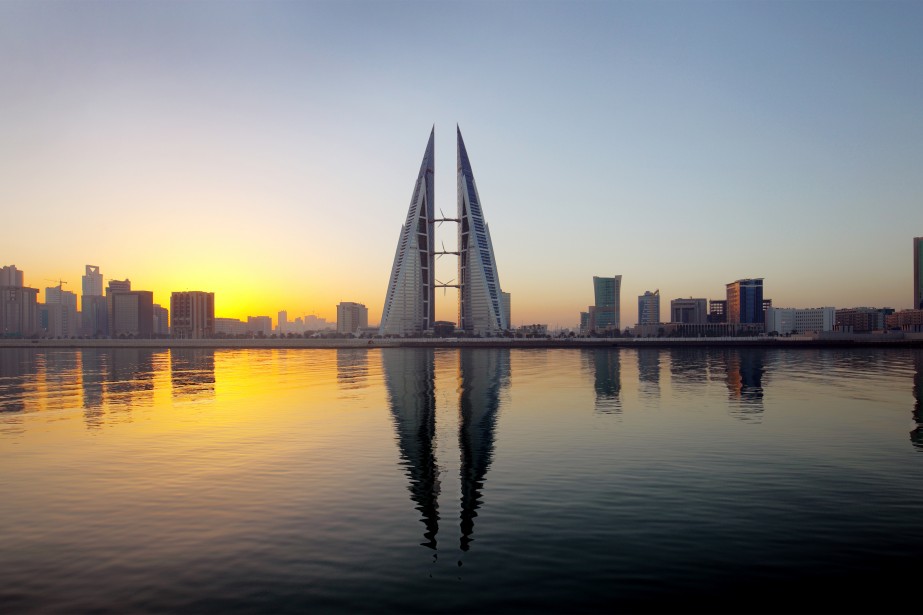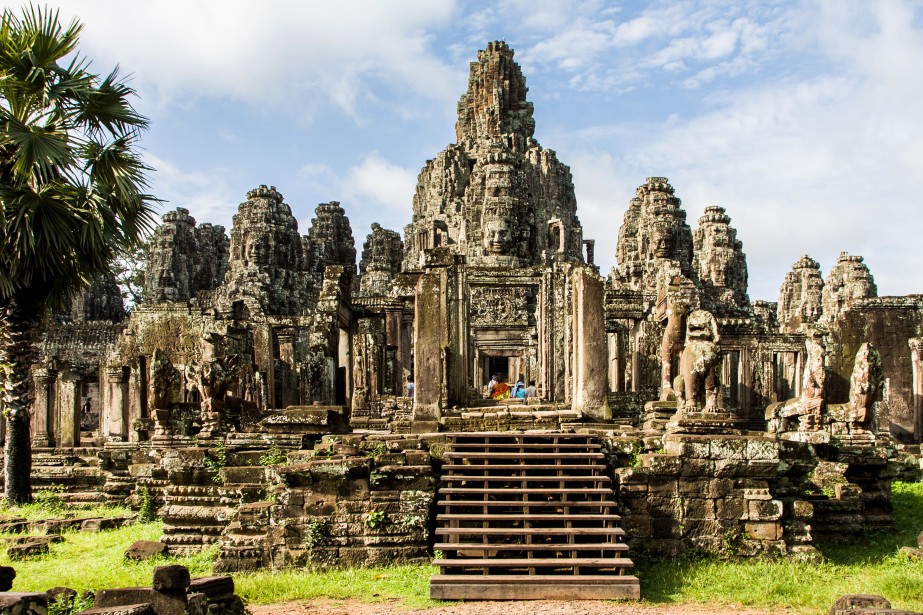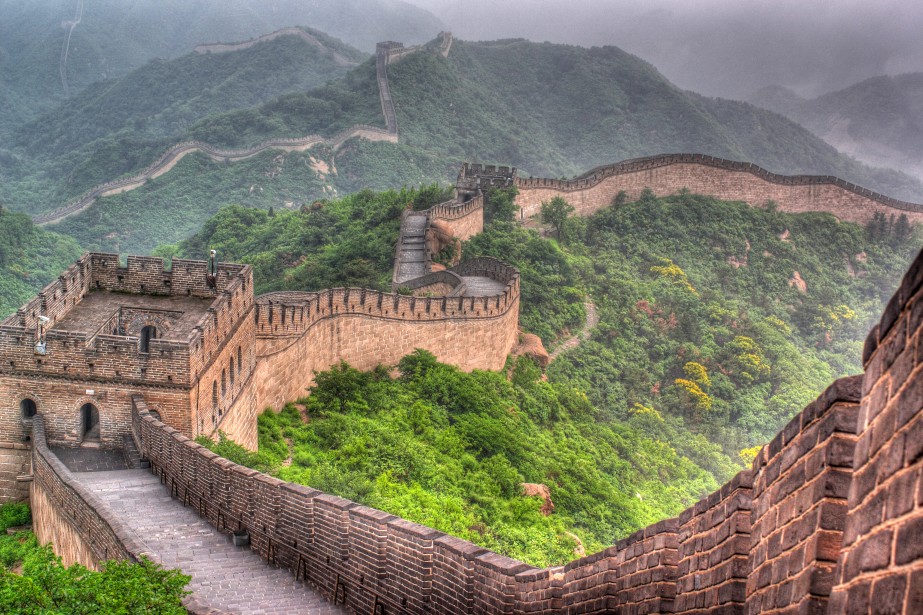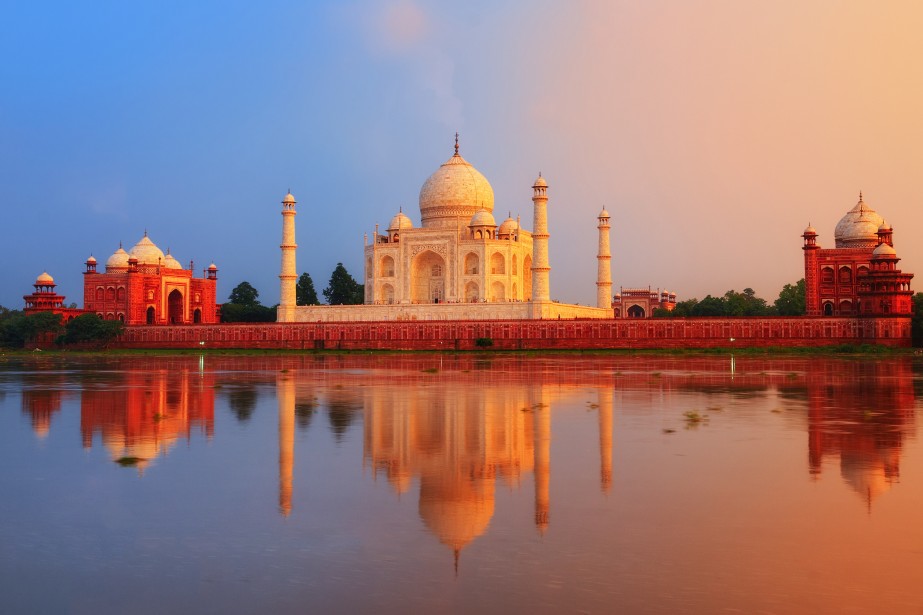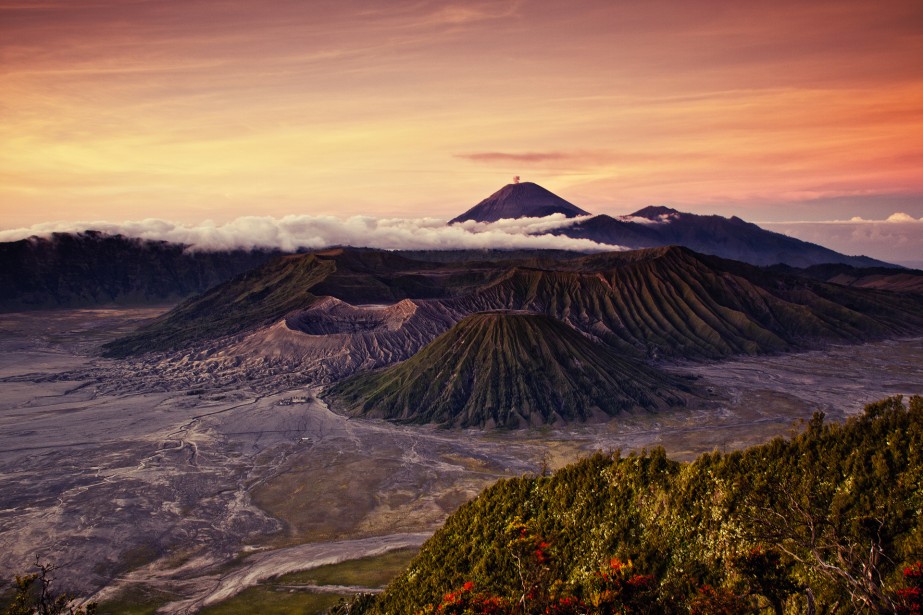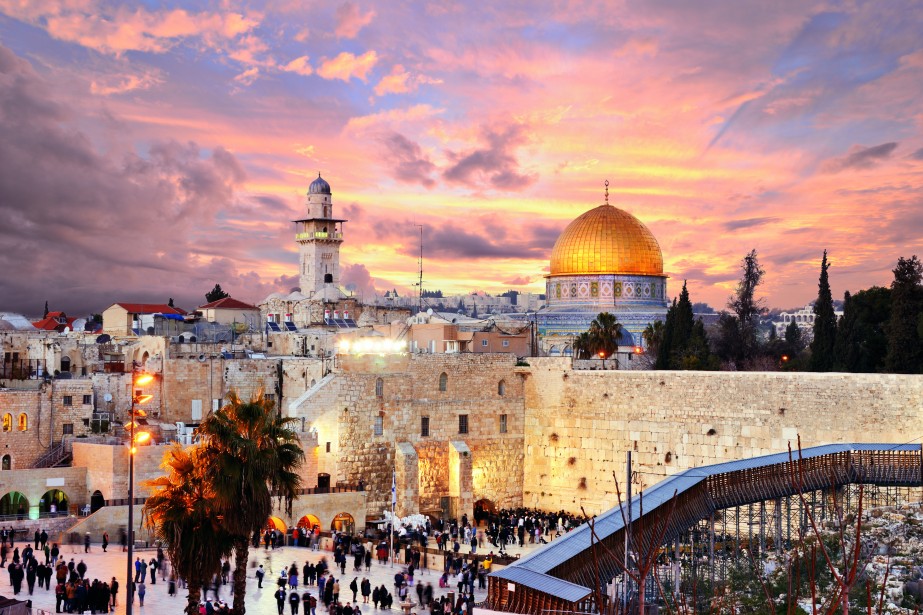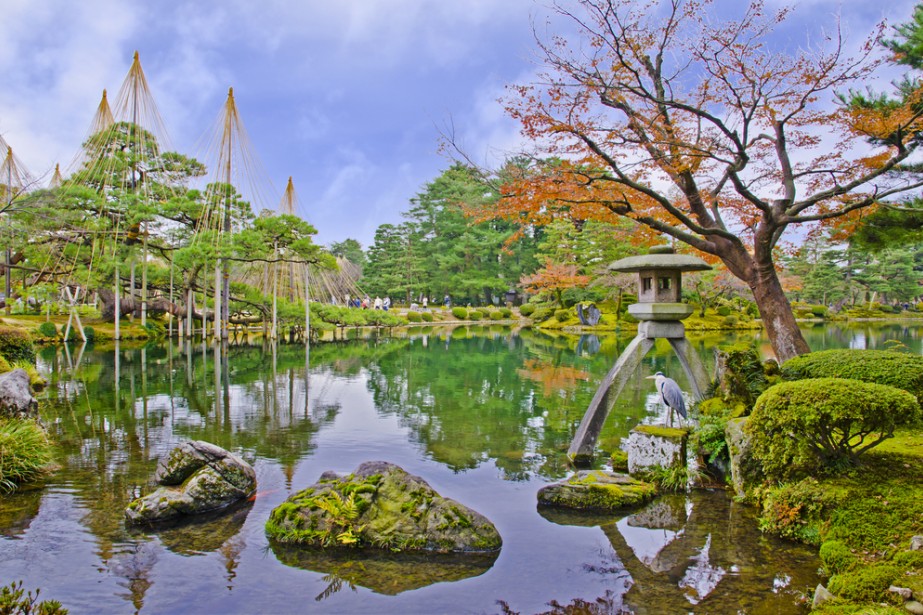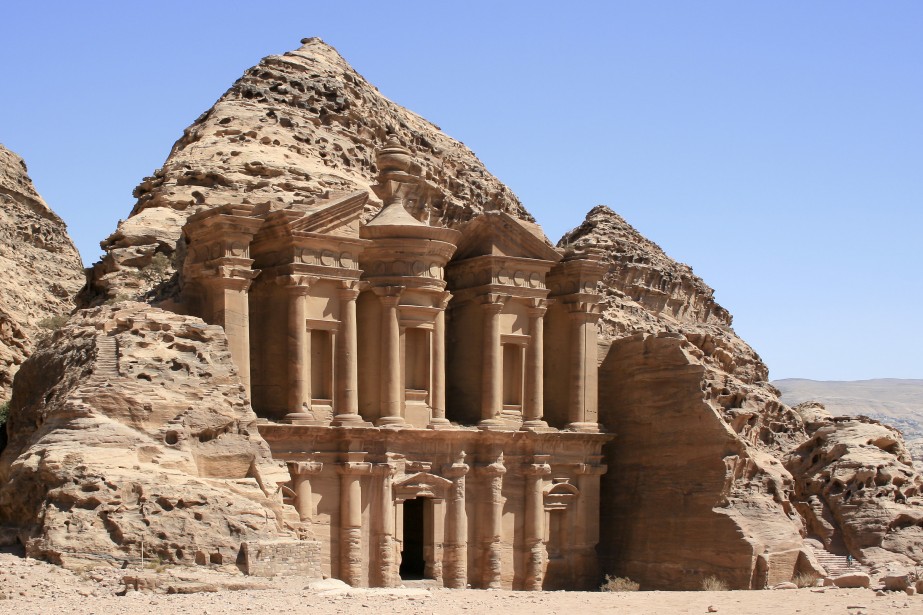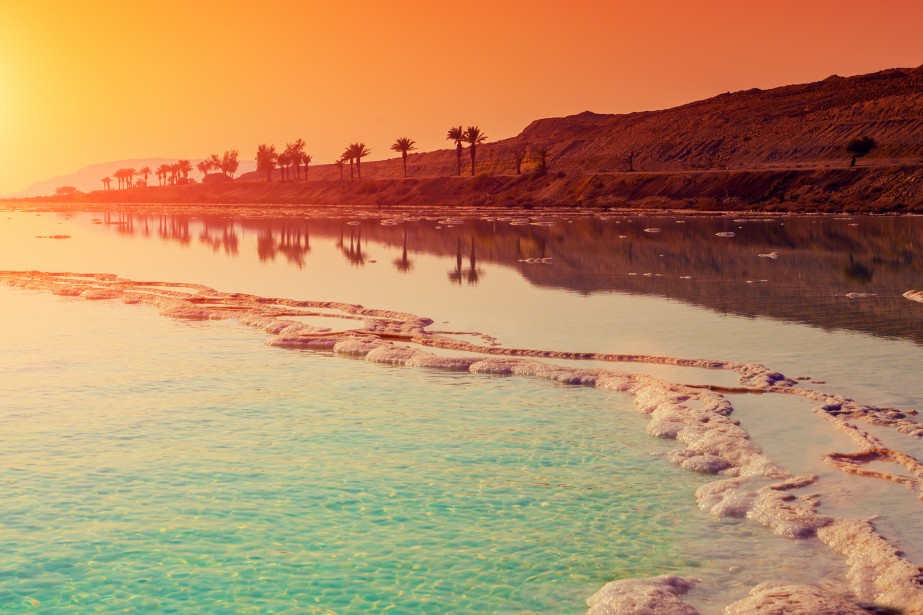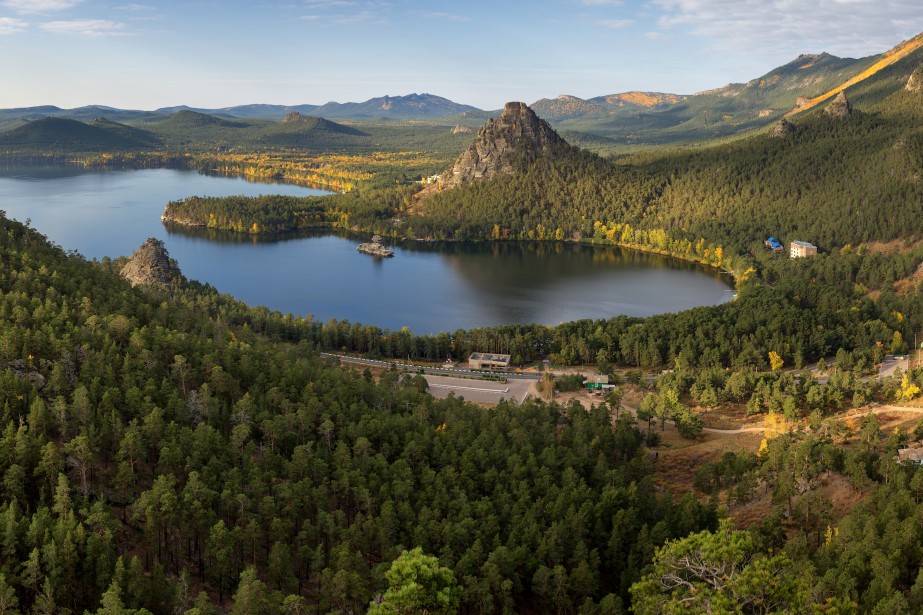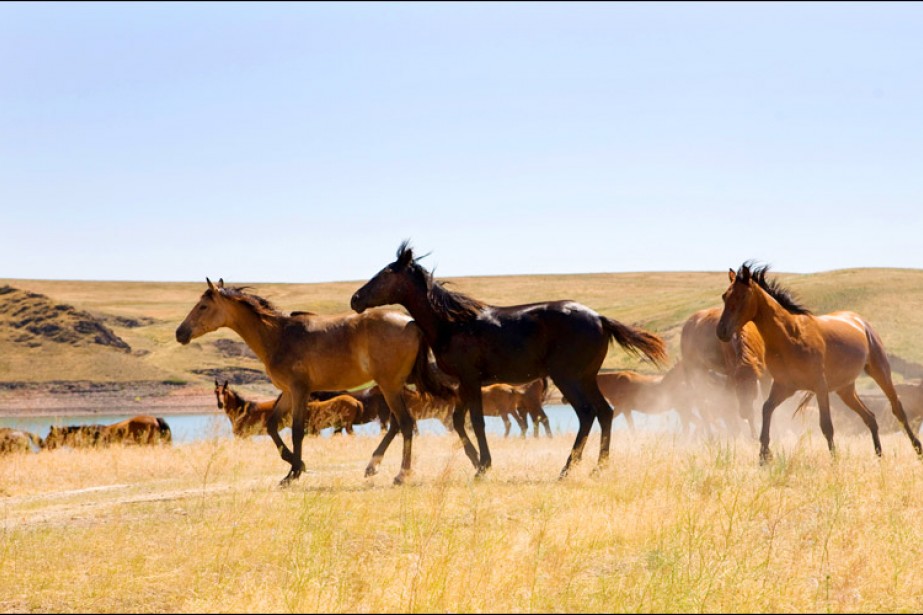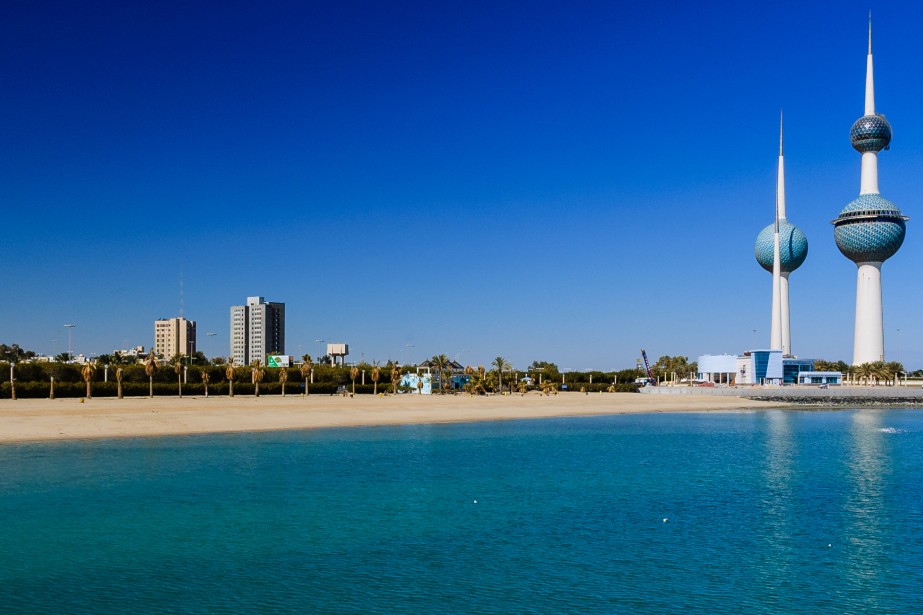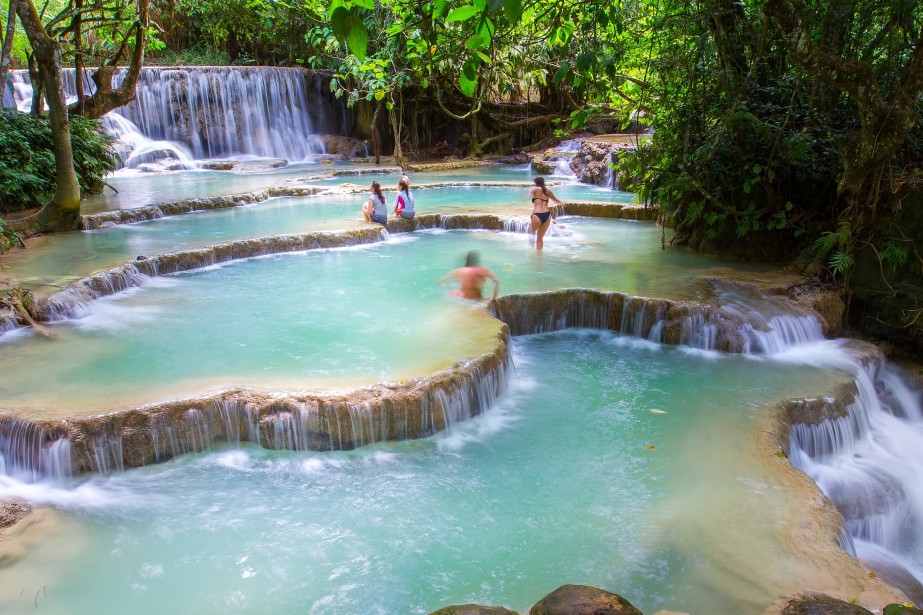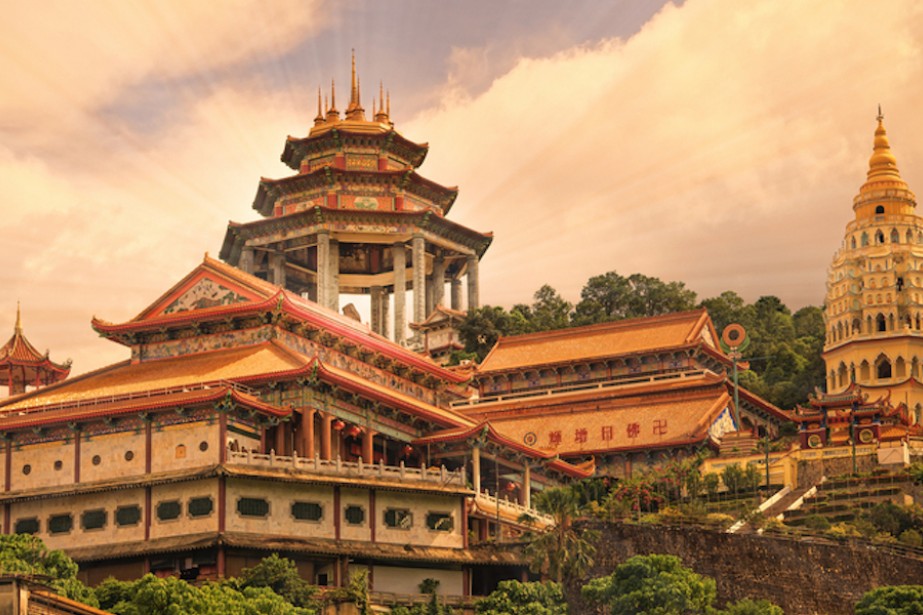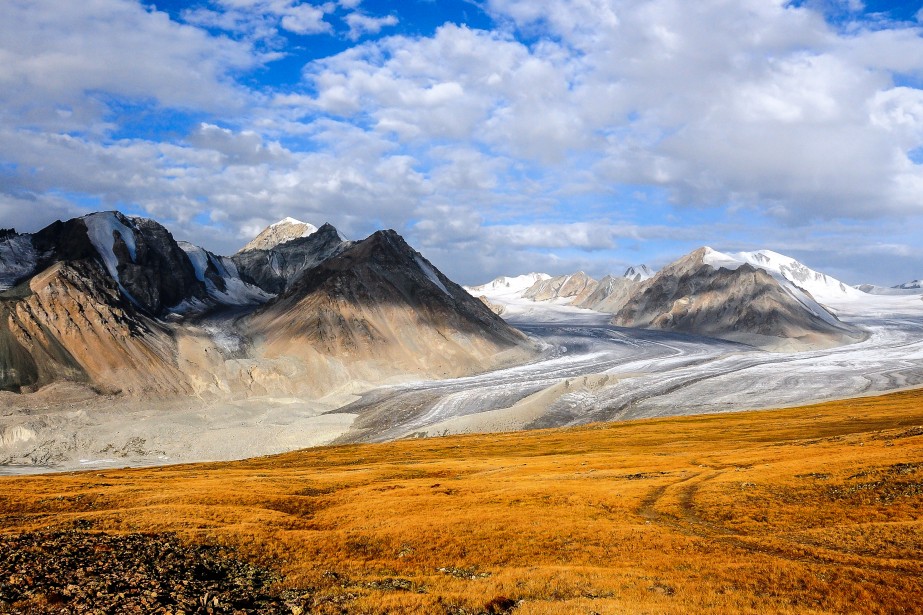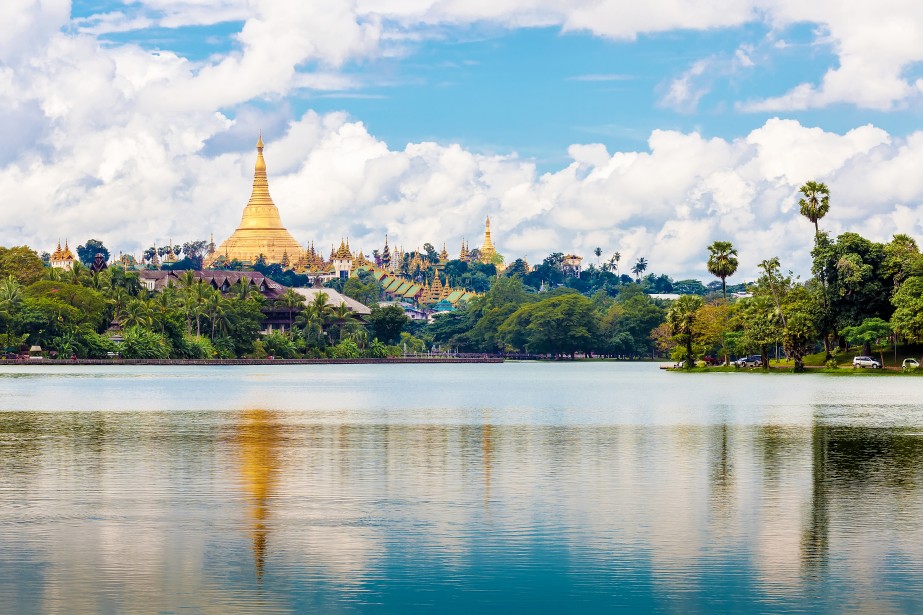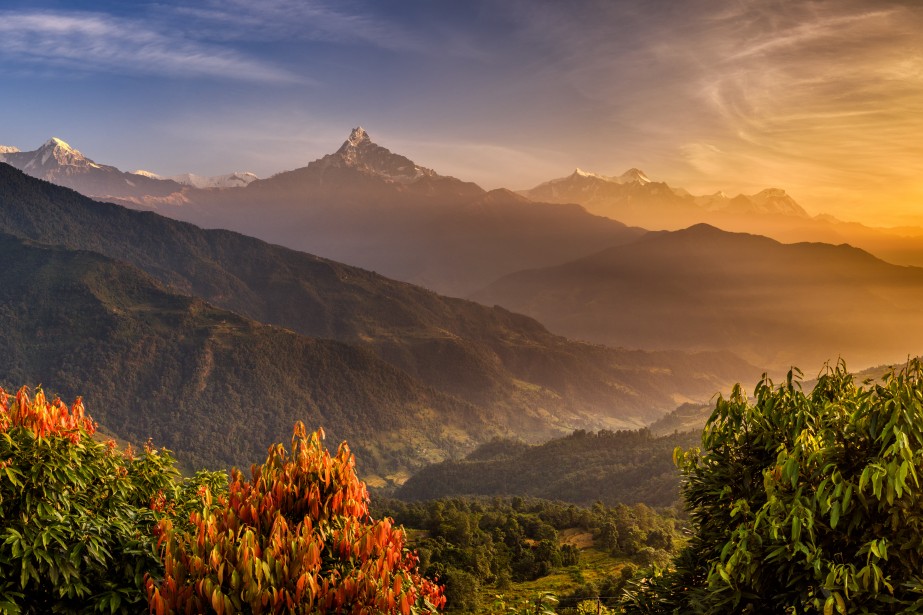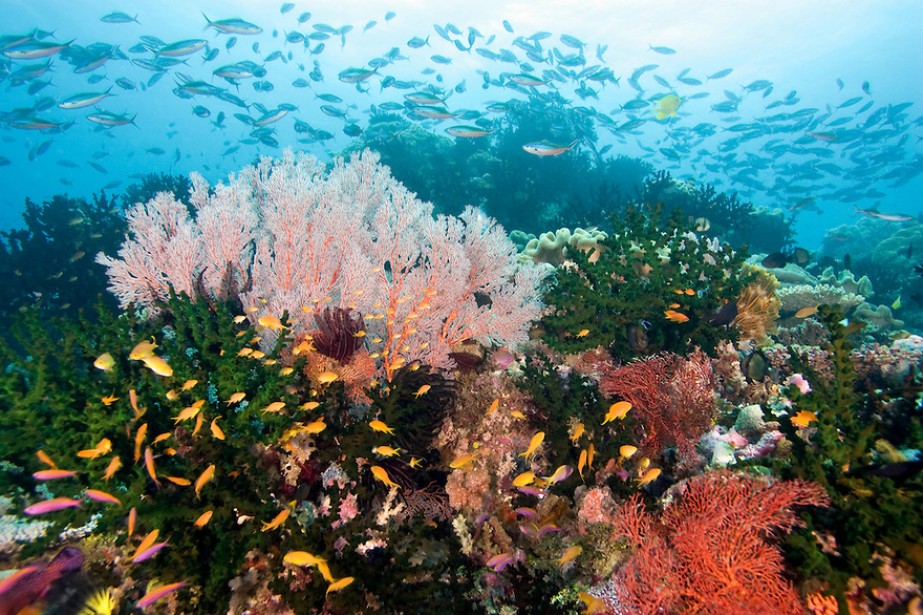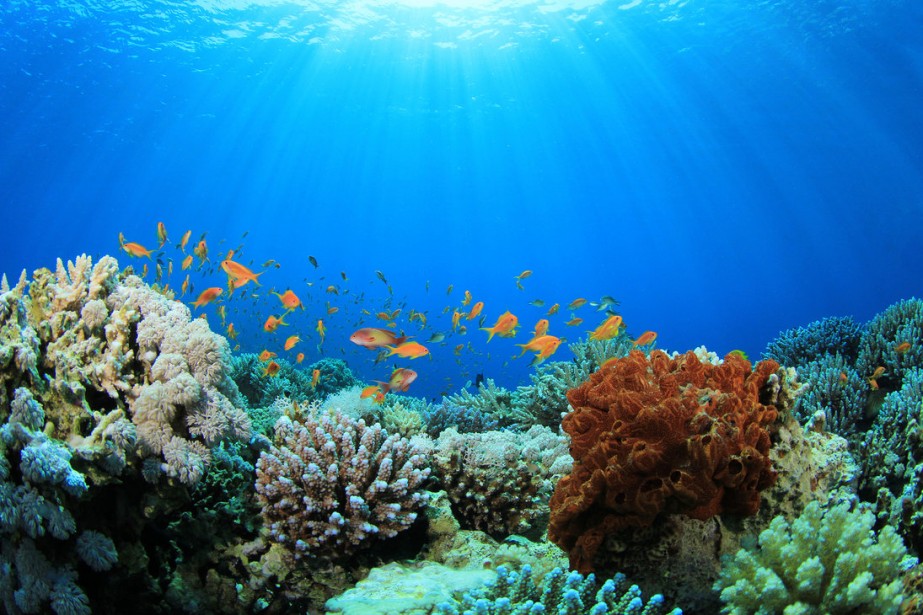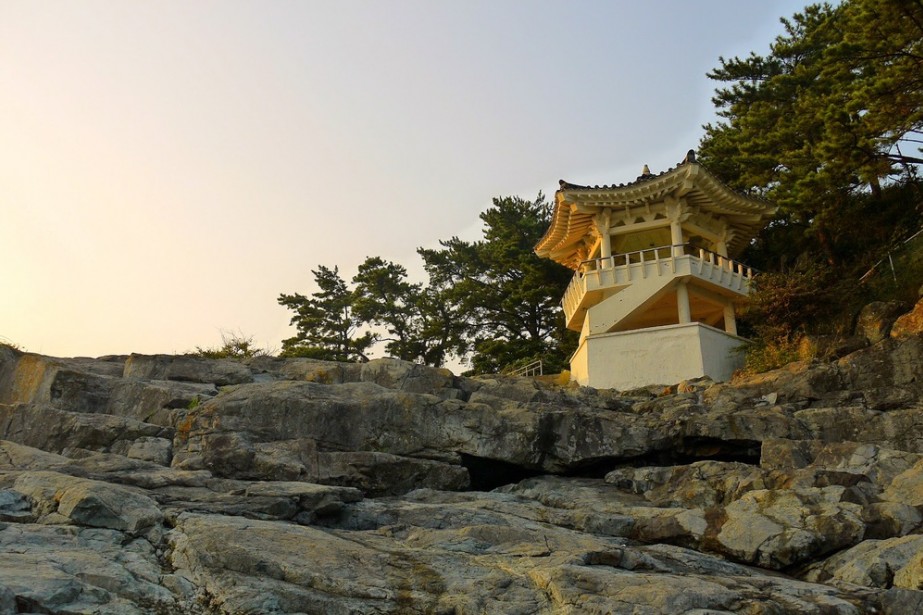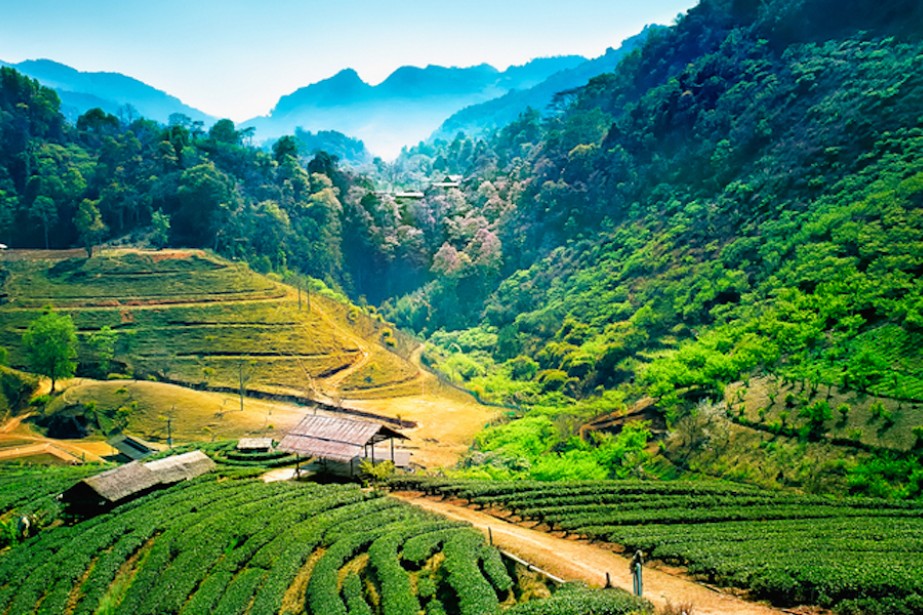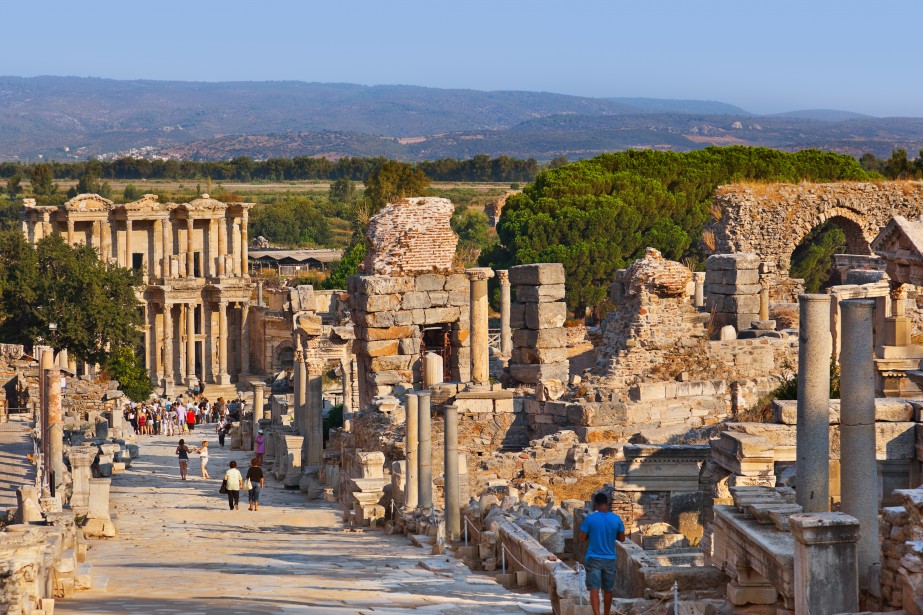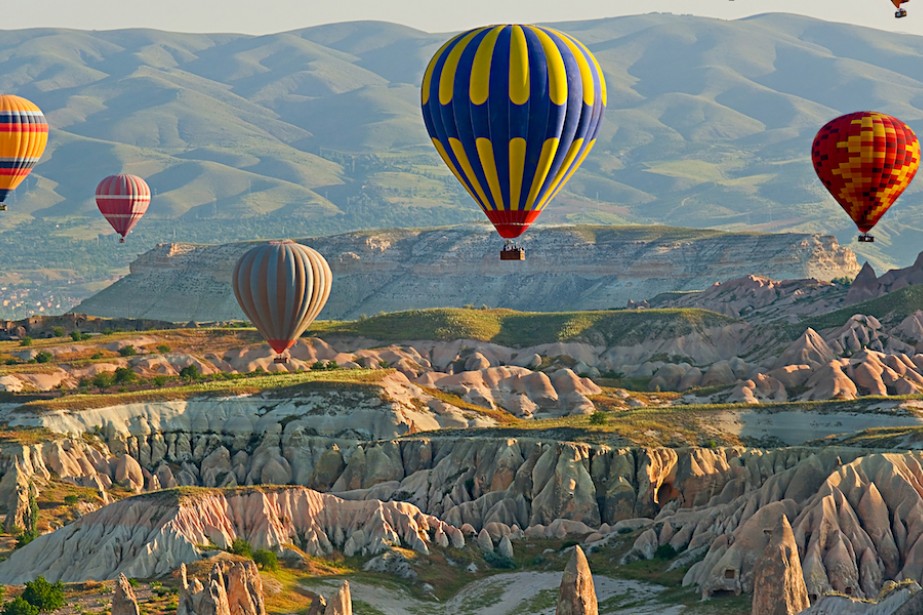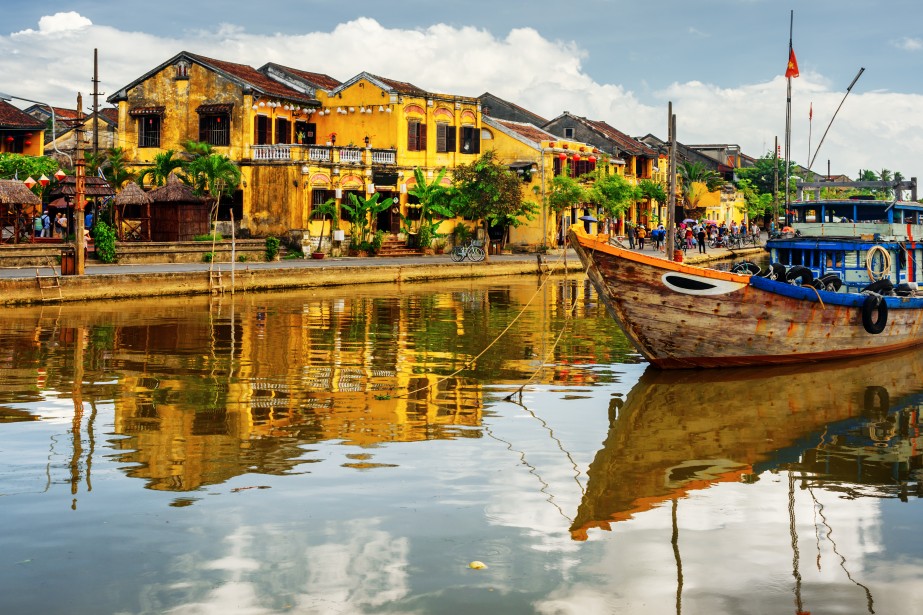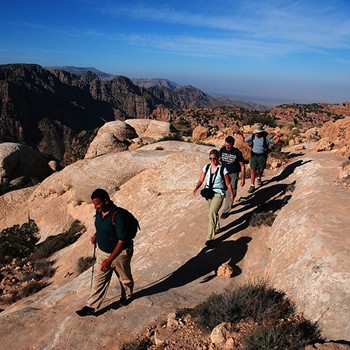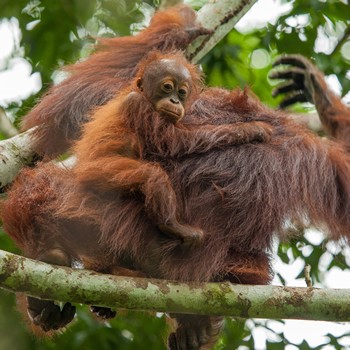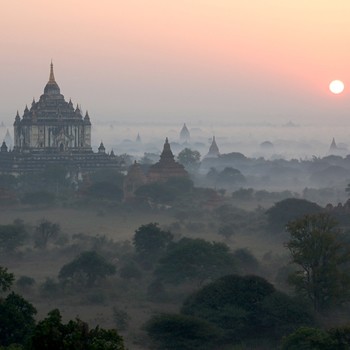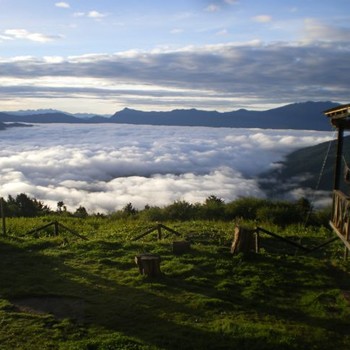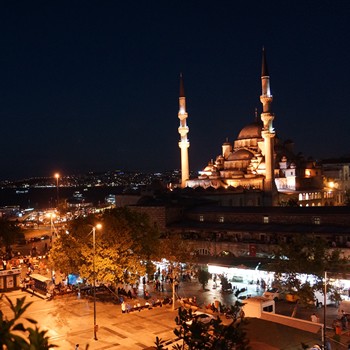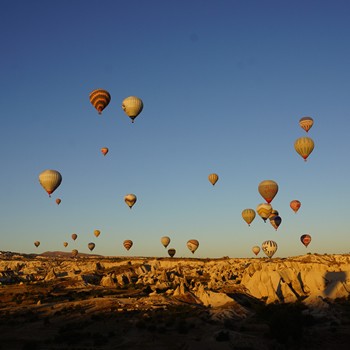Submitted by Pip Strickland on August 24, 2016
Overview
Renowned for its vast mineral resources, Kazakhstan is the world’s largest landlocked country, sprawling across Central Asia between Russia, China, Kyrgyzstan, Uzbekistan, Turkmenistan and the Caspian Sea. While it lacks many of the historical sights found across other Central Asian countries, Kazakhstan makes up for it in its vast landscapes of steppe, desert and rocky canyons, backed by the snow-capped Altai Mountains.
Kazakhs have their cultural roots in Turkic and Mongol nomadic tribes, who arrived in what is now Kazakhstan during the 13th century. Russia conquered the territory in the 19th century and Kazakhstan became part of the Soviet Union in 1936. Since independence in 1991, Kazakhstan has developed its oil and gas reserves to become the most prosperous nation in Central Asia, clearly on show in the modern architecture of the capital Astana and the cultural hub of Almaty.
But with a scattering of UNESCO sites, some fascinating Soviet-era history and wild expanses to explore, Kazakhstan makes an impressive introduction for those visiting Central Asia.
When to travel - weather
Kazakhstan experiences a continental climate with extremes of temperatures, resulting in hot summers and freezing winters. Arctic air masses bring winter as early as November, lasting through until the end of April, and often depositing a heavy layer of snow across the country. The spring months of May through to June and early fall are the best times to visit, when temperatures are far milder for sightseeing and exploring the great outdoors. Spring can be unpredictable, however, with clear mornings suddenly transformed into cold and wet afternoons. Rainfall occurs year-round in the mountainous regions, while Kazakhstan’s desert regions see hardly any at all.
Food and drink
Kazakhstan’s cuisine draws on influences from the Russian, Tatar, Ukrainian, Uzbek, Uigur and Korean cultures within its multicultural society. Menus revolve largely around meat, potatoes, rice and pasta, with vegetarian dishes almost unheard of in most restaurants. The national dish is beshbarmak, traditionally made from horse meat and pasta, but often substituted with beef or lamb. Another horse-based dish is handmade kazy sausage, but it should be pre-ordered if you are eating out at restaurants. Skewered, marinated meat is also popular and usually served with a lavash flatbread, as are the steamed dumplings known as manty, traditional to the Uighur people. The rice dish of plov is a classic Uzbek dish, cooked with raisins, carrots and meat, while the thick noodle soup known as laghman is the perfect winter warmer, often served with fried dough balls known as baursaki.
The best option for vegetarians is to self-cater, with excellent markets where vegetables can be bought for next to nothing. A history of Korean resettlement in the country has resulted in an abundance of Korean dishes, many of which are vegetarian and also sold at local markets. Alternatively, request in advance for a vegetarian dish be cooked for you at a restaurant (but be clear if you don’t want it cooked in meat stock).
Traditional Kazakh drinks include fermented camel’s milk known as kumyran and root beer called kvas, together with cheap vodka and cognac that can be bought at every supermarket and corner store. Non-alcoholic beverages include peach juice, together with shay - a black or green tea that is a Kazakh staple.
Popular vacation spots
Almaty - Kazakhstan’s largest city and its social and cultural heart is Almaty, which boasts a magnificent setting in the southeast of the country between rugged mountains and endless plains. Wile away the hours in beautiful Panfilov Park, home to the elaborate Russian Orthodox Zenkov Cathedral, sample produce from across Central Asia at the Green Market, soak away your muscle strains at the marble Arasan Baths, and enjoy some of Kazakhstan’s best cuisine in Almaty’s restaurants.
Medeu - Head into the mountainous Medeu Valley to the southeast of Almaty to go ice skating on the world’s largest and highest rink. Its stadium can accommodate more than 30,000 spectators and played host to the bandy competition during the 2011 Asian Winter Games. Today it is frequented by some of the world’s top skaters (meaning you may have a celebrity sighting on the ice) and is located just a short distance from the ski slopes of Shymbulak.
Astana - Situated on the Ishim River in the north of the country, Astana was designated the capital of Kazakhstan as recently as 1997. It was once just a small mining town, but has been transformed with elaborate modern architecture and design, which stand in stark contrast to the surrounding steppes. Don’t miss a visit to the Dunman Aquarium, the only one of its kind to be located more than 3,000 kilometers from the ocean, or taking in the views across the capital from the top of the iconic 97-meter high Bayterek Tower.
Baikonur Cosmodrome - The Baikonur Cosmodrome is the world’s largest and oldest operational space launch facility, located within Kazakhstan’s vast desert steppe. While visits require significant foreword planning (45 days notice), the opportunity to stand at the site where Yuriy Gagarin launched to the moon is something few can claim. It features a museum with belongings of Gagarin and satellite models, together with the former residence of the general constructor, Sergei Korolyov.
Taraz - Located near the border with Kyrgyzstan along the Taraz River, this UNESCO World Heritage-listed city is one of Kazakhstan’s oldest, built by the ancient Sogdian civilization. During the 11th and 12th centuries, it was an important stop on the Silk Route, before being largely destroyed by Genghis Khan. One of the main highlights of a visit to Taraz is the Aisha Bibi mausoleum, built by a Karakhanid Dynasty ruler for his love, together with the Babaji mausoleum located alongside.
Semipalatinsk - While predominantly known as the test site for the Soviet Union’s nuclear weapons, Semipalatinsk was also where the famed novelist Dostoyevsky lived during the mid-19th century. His former home has been transformed into a museum, with rooms in the style of the day and exhibits displaying his life works, together with statues of Dostoyevsky and his good friend Shokan Ualikhanov, the famed Kazakh scholar and historian.
Burabay National Park - Located in the Akmola Region of northern Kazakhstan, the Burabay National Park is an area of magnificent beauty, biodiversity and rich legend. It is often referred to as “Kazakhstan’s Pearl”, with unique stone formations which tower beside deep blue lakes, and dense pine and birch forests to explore. More than 300 species of animals can be found, including deer, moose, wolves and lynx, together with grey partridge and a diverse range of ducks.
Tamgaly Tas - Located in the Semirechye region of Kazakhstan’s southeast, Tamgaly Tas is home to impressive Bronze Age petroglyphs which number around 5,000. Tamgaly was designated a UNESCO world Heritage Site for its stone carved images depicting Buddha, Bodhisattvas and Tibetan writing, which cover around 18 cliffs within the canyon.
Mausoleum of Khawaja Ahmed Yasawi - Located in the southern city of Turkestan, the 14th-century Mausoleum of Khawaja Ahmed Yasawi remains one of the best-preserved examples of Timurid architecture in Central Asia. Khawaja Ahmed Yasawi was a highly respected Sufi mystic and poet and his mausoleum remains a pilgrimage site for many, with UNESCO designating it a World Heritage Site for its cultural importance to the Kazakh identity.
Practical information
Language
While Kazakh is the ethnic language of Kazakhstan, Russian is more widely spoken throughout the population. Learning a few words in Kazakh will always go down well with locals who are naturally proud of their heritage, but ultimately Russian is more useful for getting around. In big hotels and restaurants English is spoken by some staff, together with the younger generation of Kazakhs, but carrying a Russian phrasebook will be invaluable if you plan on venturing outside of the major cities without a guide.
Money
Kazakhstan’s national currency is the Tenge (KZT), with exchange rates controlled by the state bank. The Tenge can only be bought within Kazakhstan at official money bureaus, with all transactions recorded on a currency declaration form that is issued on arrival. USD are the easiest currency to change and receipts from all currency transactions should be kept in case of inspection. Credit cards are accepted at most hotels in Almaty, together with larger shops and restaurants, and ATMs widespread in the major towns.
Health and Safety
Typhoid, hepatitis A and encephalitis are all highly recommended vaccinations to have before traveling to Kazakhstan and comprehensive medical travel insurance essential. Hospitals are often of a lower standard than those in western countries, with drugs and medical equipment sometimes in short supply and payment required in cash, regardless of the insurance you have. Some over-the-counter medications require prescriptions in Kazakhstan, so it is advised that you bring any necessary medication with you, together with a letter from your doctor.

